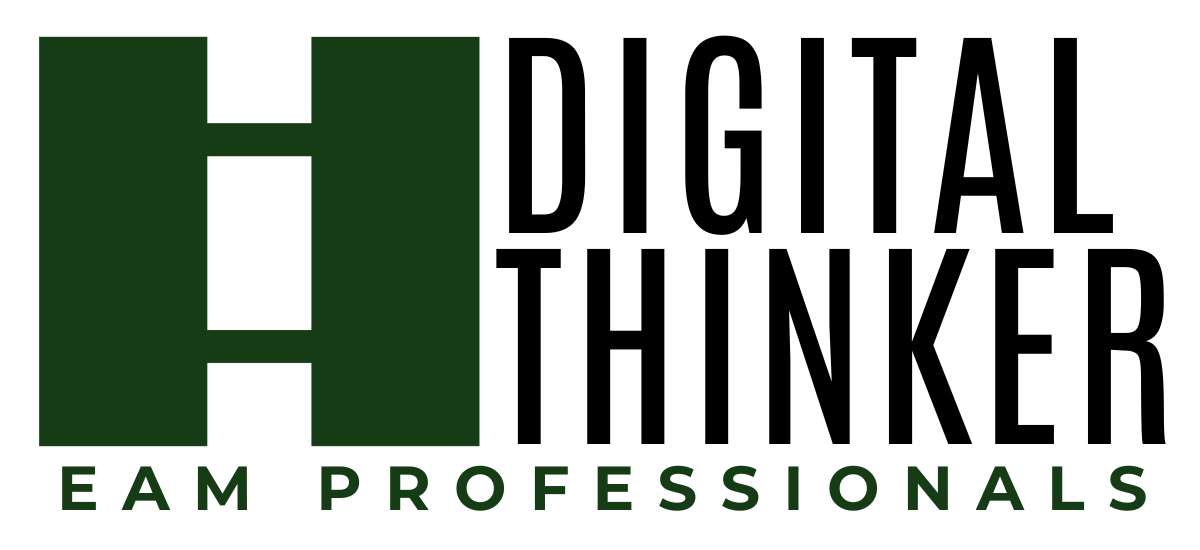
There is no one-size-fits-all approach to asset management and technology integration.
This is especially true for asset-intensive industries such as manufacturing, chemicals, utilities, and refining. Why? Because for businesses operating in those areas, it’s quite normal for heavy assets to comprise over 50% of a balance sheet. Ultimately, the key drivers of profitability and revenue growth are related to the alignment of asset availability and production. This means, these businesses must realize a return on net assets (RONA) when adopting new technologies and seeking to achieve results associated with digitization.
Why Asset Management Digitization is Key to Success
When the market crashed in 2009, the mining, chemicals, construction, and oil and gas industries were hit especially hard. And because of the recession, these industries began down a troubling path. They stopped investing or significantly underinvested in asset management practices and platforms. Since that time, these industries have lagged behind adopting digital technology, which in turn has resulted in downtime, inefficiencies, and lack of understanding about how assets are being used.
Studies show that high-quality asset management practices are tied directly to profitability. A business must be able to track equipment maintenance, labor, procurement, and reliability—and those varied systems and processes must be able to talk to each other—in order to ensure uptime, boost productivity, and control operating expenses. And it is through the utilization of an Enterprise Asset Management software like Hexagon EAM that a company can realize all of the benefits of enabling digital manufacturing processes, including the ability to devote machines to manufacturing the highest margin product, achieve the highest available uptime, and analyze data that allows downtime to be avoided.
What are the Operational and Financial Impacts of EAM?
According to a McKinsey study, there are some significant operational and financial impacts when implementing an EAM platform that enables improved machine learning, analytics, and sensors. Consider the following ways that EAM stands to benefit asset-intensive industries like manufacturing, chemicals, oil and gas, and others:
- Eliminate breakdowns by up to 70%
- Reduce downtime by 50% and scheduled repairs by as much as 12%
- Grow production capability by up to 27%
- Increase overall productivity by 24% and OEE by up to 21%
- Reduce maintenance costs by up to 25% and capital investment by 3-5%
- Increase average gross margins by 55% and operation margins by 18%
Ultimately, operational gains deliver financial improvement because fewer breakdowns result in lower maintenance costs. This, in turn, delivers better revenue and enhanced profitability.
So, this sounds great doesn’t it? As your answer is likely yes, let’s then take a look at how to perform an EAM assessment in order to take the first steps towards embracing digitalization.
How to Create an Asset Management Asset Plan
First things first, begin by examining the metrics that contribute to your organization’s RONA and then complete the following:
Assess your organization’s current asset management maturity level
Evaluate your current asset management system and practices
Identify your business’s strengths and weaknesses
Examine industry best practices, standards, and tools
Compare industry benchmarks to your own metrics
It is recommended that you focus on the following areas related to your own business when you complete an asset management assessment:
- Tools and technologies
- Process management
- Asset information management and analytics
- Governance and standards
- Reliability and performance
- People and culture
Now, that last bullet might have thrown you for a loop. Realize that achieving success in the digitization of asset management at your company is directly tied to your employees and their ability to embrace and accept any new process you put into place. Ultimately, an investment in asset management is also an investment in training and educating the staff members who are going to be handling the new software and ensuring its effective operation. And thankfully, the team at DigitalThinker can provide comprehensive 360-degree assistance and consulting to your organization on not only implementing Hexagon EAM, but also can ensure that your team knows what they are doing to get the most out of your investment.
We would love to talk to you more about how we help asset-intensive companies embrace digitization and realize new profitability and revenue growth. Give us a call today and let us set up a time to talk about your needs—and how your business can improve efficiencies and overall market competitiveness. Reach out today!
